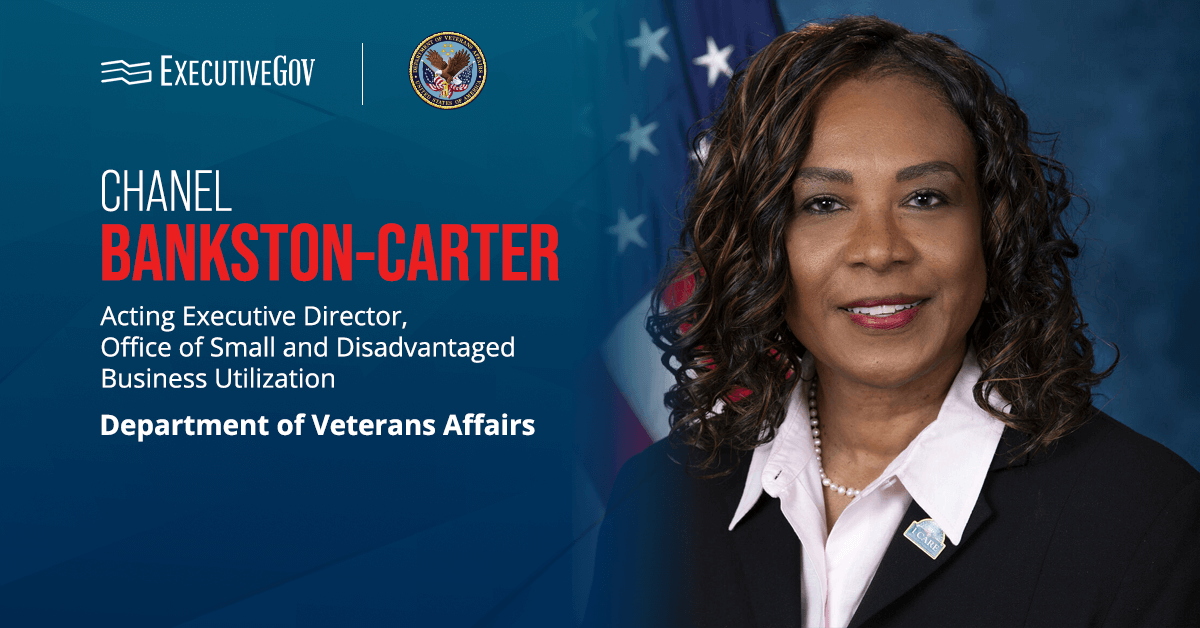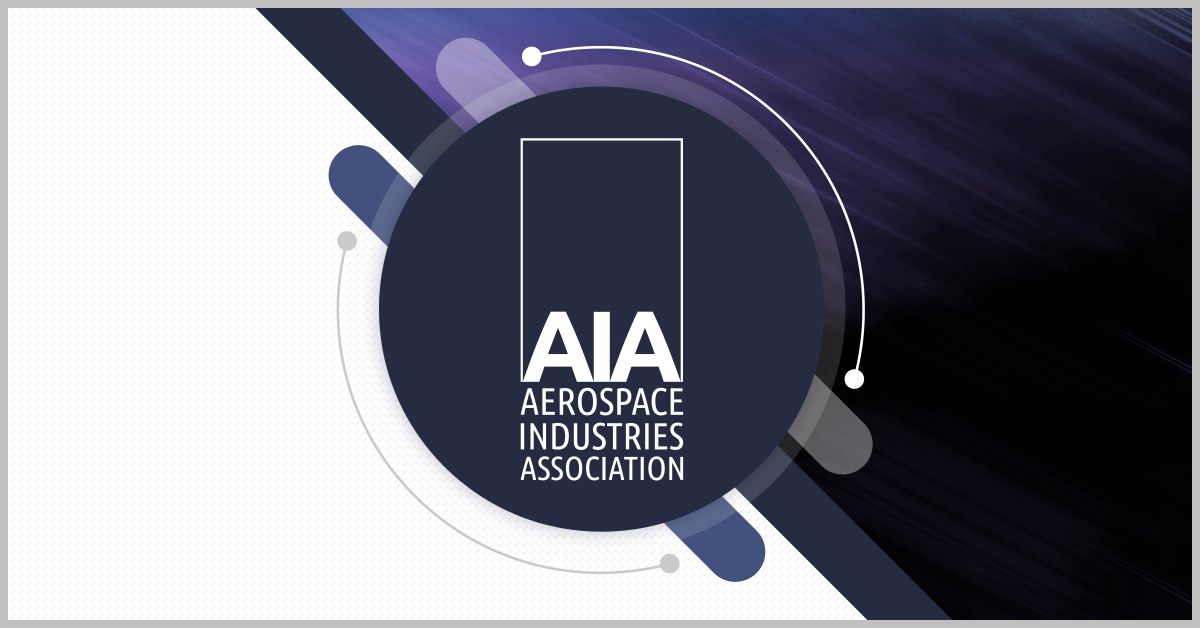President Donald Trump has issued an executive order rolling back some cybersecurity requirements from previous administrations.
The White House said Friday that provisions under EO 14144, or Strengthening and Promoting Innovation in the Nation’s Cybersecurity, and 13694, or Blocking the Property of Certain Persons Engaging in Significant Malicious Cyber-Enabled Activities, have been amended.
Table of Contents
What Was Repealed?
According to a fact sheet, the new EO addresses “problematic elements” of the cyber rules set by former presidents Joe Biden and Barack Obama.
One cyber action removed under the Trump EO is the introduction of software accounting processes, which the White House described as prioritizing “compliance checklists over genuine security investments.”
EO 14144, issued in January 2025, required federal contractors to submit secure software development attestations. Vendors were also required to submit technical data to back up their attestation, which the Cybersecurity and Infrastructure Security Agency was tasked to review, noted Cybersecurity Dive.
Trump also rolled back digital identity mandates from Biden’s EO that, the White House explained, are prone to abuse by “illegal immigrants to improperly access public benefits.”
Strengthening Cybersecurity Efforts
The new EO also aims to bolster the nation’s cybersecurity, especially in the face of rising foreign threats.
The document specifically mentioned China as “the most active and persistent cyber threat” to the American government, critical infrastructure and private sector, but warned that Russia, North Korea and Iran could also undermine U.S. security.
In addition, Trump directed federal agencies to accelerate efforts toward adopting artificial intelligence to respond to and eliminate system vulnerabilities and post-quantum cryptography to protect government assets from future attacks.













